
cd_nom
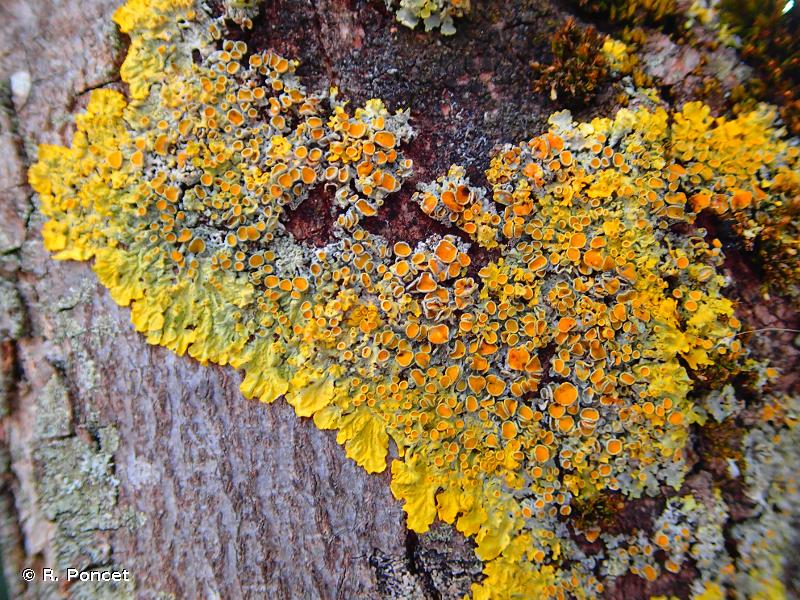
| Author : R. Poncet |
 |
To get the picture, please visit:
Rémy Poncet
email : inpn@mnhn.fr
Despite the Creative Commons license, please inform the author of the use which will be made of his photo
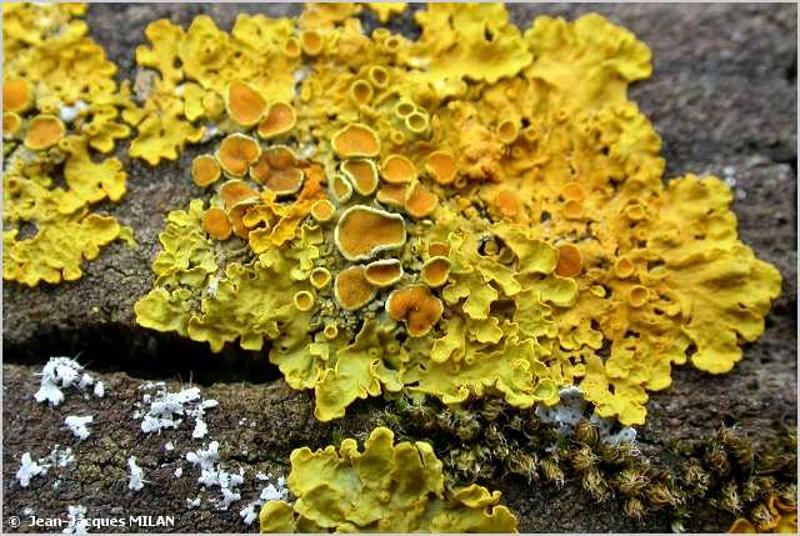
| Author : J.-J. Milan |
 |
To get the picture, please visit:
Jean-Jacques Milan
http://jjmphoto.fr/#Galeries.B
Société linnéenne de Bordeaux
email : jean.jacques.milan@wanadoo.fr
Despite the Creative Commons license, please inform the author of the use which will be made of his photo
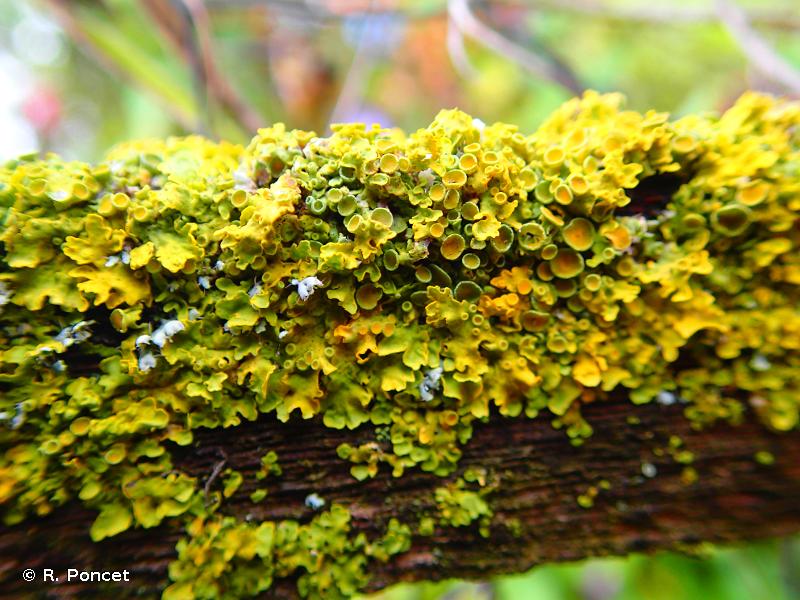
| Author : R. Poncet |
 |
To get the picture, please visit:
Rémy Poncet
email : inpn@mnhn.fr
Despite the Creative Commons license, please inform the author of the use which will be made of his photo
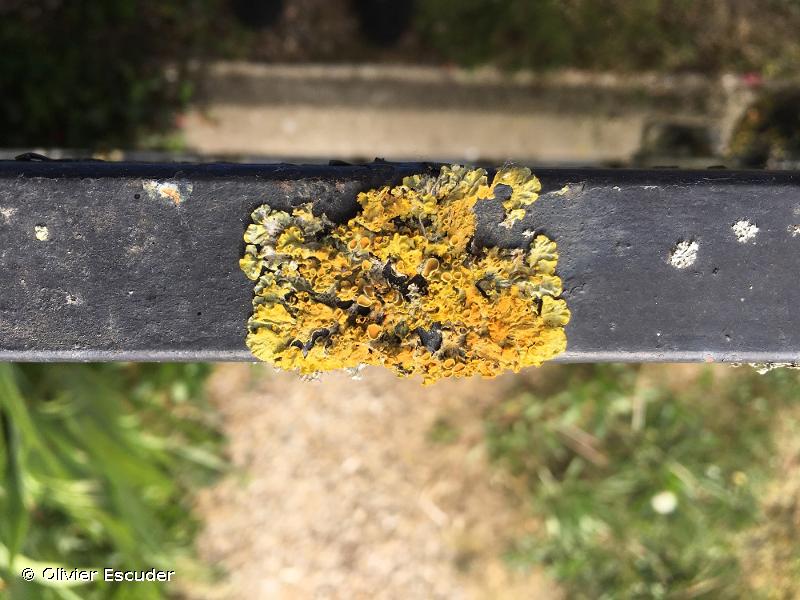
| Author : Olivier Escuder |
 |
To get the picture, please visit:
Olivier Escuder
email: inpn@mnhn.fr
Observation partagée via l'application INPN Espèces
Any reuse of one or more photographs on this site is subject to an authorization request from the author.
Link to the Code of Intellectual Property (Legifrance)
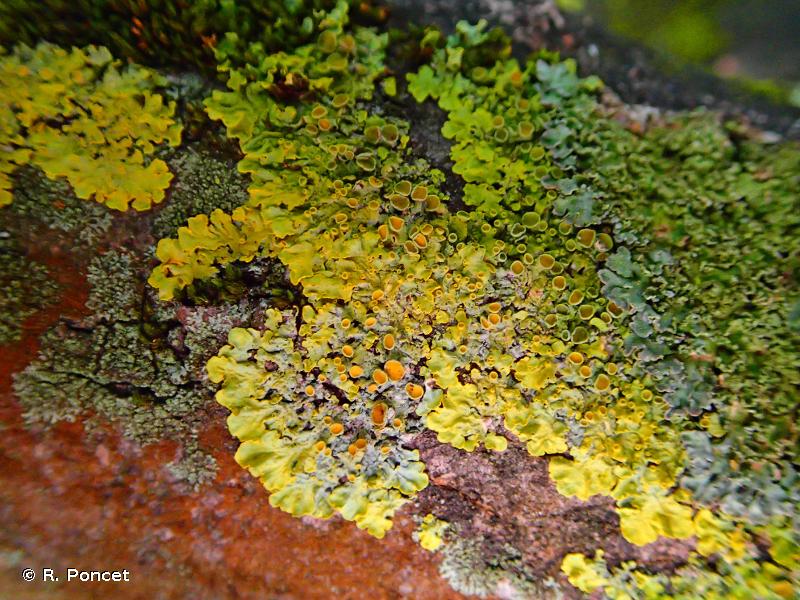
| Author : R. Poncet |
 |
To get the picture, please visit:
Rémy Poncet
email : inpn@mnhn.fr
Despite the Creative Commons license, please inform the author of the use which will be made of his photo
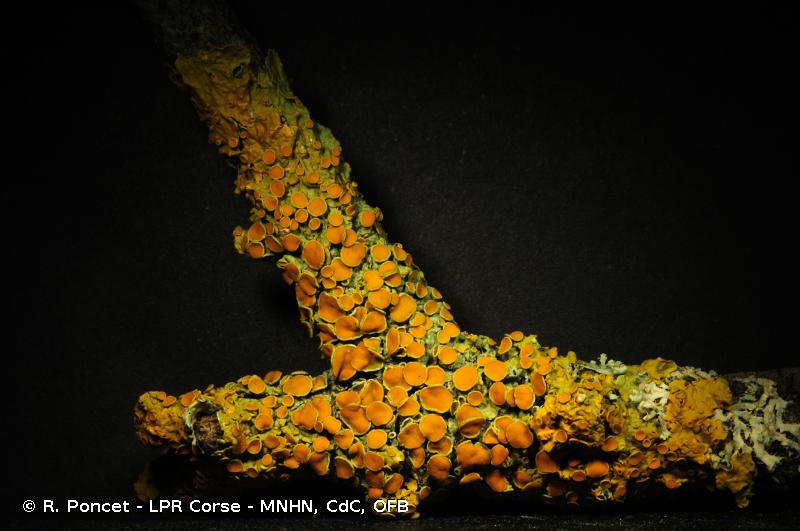
| Author : R. Poncet - LPR Corse - MNHN, CdC, OFB |
 |
To get the picture, please visit:
Rémy Poncet
Despite the Creative Commons license, please inform the author of the use which will be made of his photo
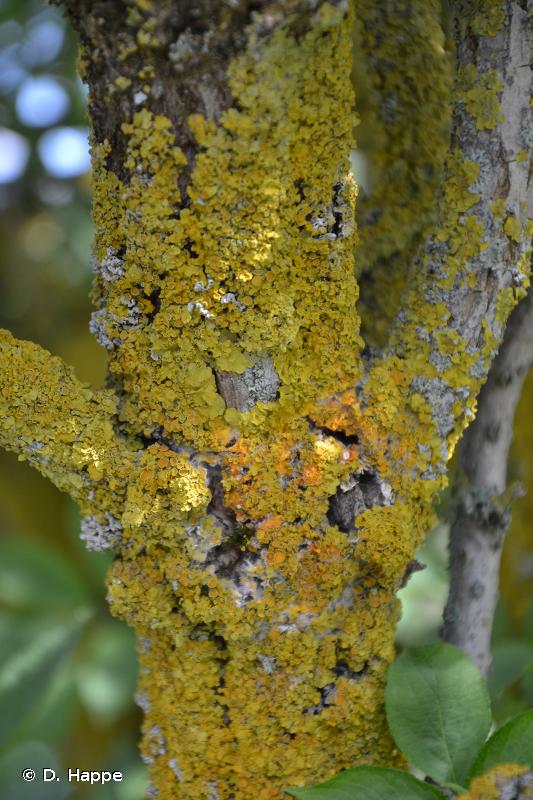
| Author : D. Happe |
 |
To get the picture, please visit:
David Happe
email : inpn@mnhn.fr
Despite the Creative Commons license, please inform the author of the use which will be made of his photo
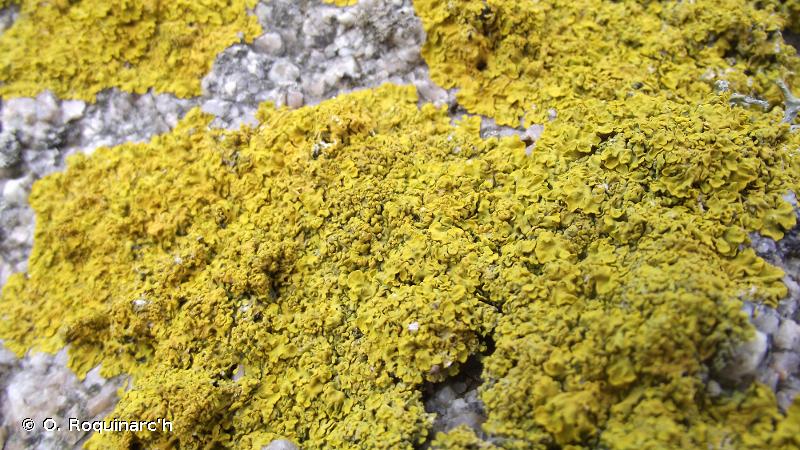
| Author : O. Roquinarc'h |
 |
To get the picture, please visit:
Océane ROQUINARC'H,
Muséum national d'Histoire naturelle,
Service du Patrimoine Naturel,
4 Avenue du Petit Château,
91800 BRUNOY
mail : oroquinarch@mnhn.fr
Legend: Saint-Vaast-la-Hougue, Île de Tatihou (50).
Despite the Creative Commons license, please inform the author of the use which will be made of his photo
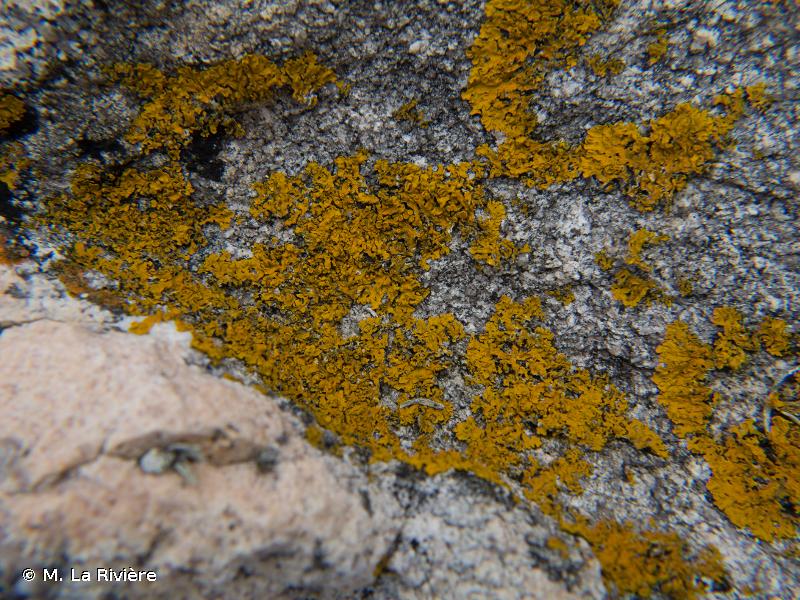
| Author : M. La Rivière |
 |
To get the picture, please visit:
Marie La Rivière
email : inpn@mnhn.fr
Despite the Creative Commons license, please inform the author of the use which will be made of his photo
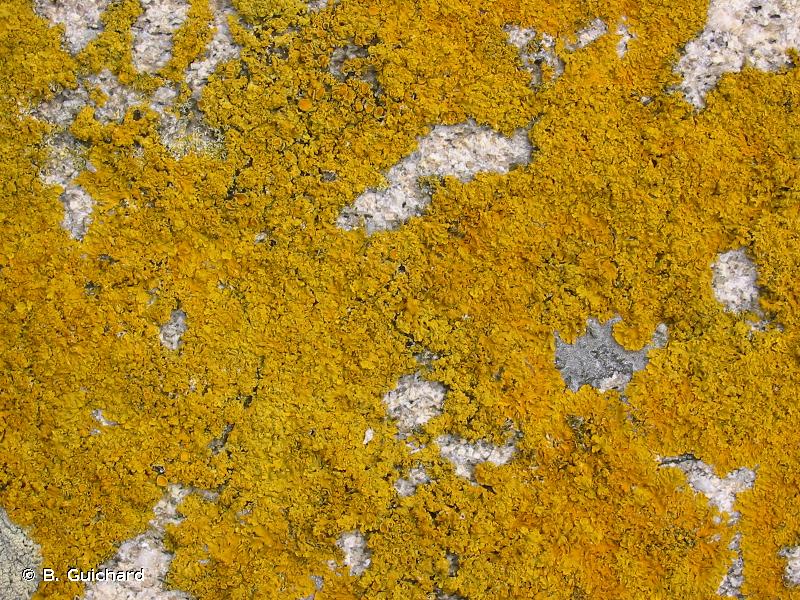
| Author : B. Guichard |
 |
To get the picture, please visit:
Guichard Benjamin
Despite the Creative Commons license, please inform the author of the use which will be made of his photo
Taille/poids :
Variable, pouvant aller jusqu'à 15 cm de diamètre, formant parfois des colonies étendues.
Diagnose :
Thalle foliacé jaune-orangé pouvant être gris-bleuté lorsqu'il croît à l'ombre. Les lobes sont plats et appliqués au substrat, de largeur comprise entre 3 et 7 mm, leur marge pouvant être légèrement récurvée. Plus larges à l'apex, ils se recouvrent partiellement les-uns-les-autres et ont souvent un aspect drapé. Le centre de la rosette est parfois formé de petits thalles sub-squamuleux. La face inférieure est presque blanche et munie de rhizines simples et peu abondantes.
Les apothécies sont généralement nombreuses, leur diamètre peut atteindre 4 mm, le disque est de couleur orangée au centre et le rebord est jaune, il devient légèrement crénelé avec le temps. La surface du disque est d'abord concave puis devient presque plate à maturité.
Facilité d'identification : simple.
Espèces proches :
Se distingue de Xanthoria aureola (Ach.) Erichsen par les lobes du thalle plus larges (entre 1,5 et 3 mm pour X. aureola) et l'abondance d'apothécies ainsi que par son thalle plus fin.
Se distingue de Xanthoria calcicola (Hepp) Arnold par la couleur plus claire de son thalle (orange foncé pour X. calcicola), l'absence de verrues ressemblant à des isidies et l'abondance d'apothécies.
Répartition générale.Cosmopolite, mais probablement introduit dans certaines parties du monde (ex : Australie).
Habitat et biologie.Espèce très commune croissant sur tout type de support riche en nutriments : arbres (pas de restriction concernant l'espèce) en bordure de route ou de culture, tuiles, murets, sur roche calcaire ou siliceuse, panneaux de signalisation, fil de fer barbelé, etc.
Référence: Smith, C.W., Aptroot, A., Coppins, B.J., Fletcher, A., Gilbert, O.L., James, P.W. & Wolseley, P.A. 2009. The Lichens of Greta Britain and Ireland. The British Lichen Society. 1046 pp.
R. Poncet(UMS 2006 Patrimoine Naturel (AFB / CNRS / MNHN)),2015
Continental
Metropolitan France
Overseas
Marine
Metropolitan France
Overseas
The map presents a summary at the 10 x 10 km grid of the observation data for the species transmitted to the SINP. These data have been subjected to validation filters.
The map presents a reference distribution layer of the species at the scale of departments and marine sectors. The presence and absence data were established by expertise within a network of partners. This reference distribution is used in the validation process of the SINP data at the INPN level.
Corresponds to a report on the basis of at least one observation proved within a period of 10 years (20 years for little-known invertebrates) preceding the year and no presumption of extinction since obtaining the last data nor doubt on reproductive and implemented nature of this population. For migratory species, the presence indicated concerns areas of reproduction.
This status is based on one or more of the following criteria:
This point covers the absence, more difficult by nature to demonstrate than presence. This status is based on one or more of the following criteria:
This status must be assigned to a department in which the presence of the species is casual.
Particular case of absence due to a proven extinction less than a half century ago (older disappearances are treated as "no probable or definite").
In the state of knowledge, we can not comment on the presence or absence in the current department. This is the default status when not comprised in one of the previous categories or whenever there is doubt.
The map shows the global distribution of the species based on GBIF data (Global Biodiversity Information Facility).
